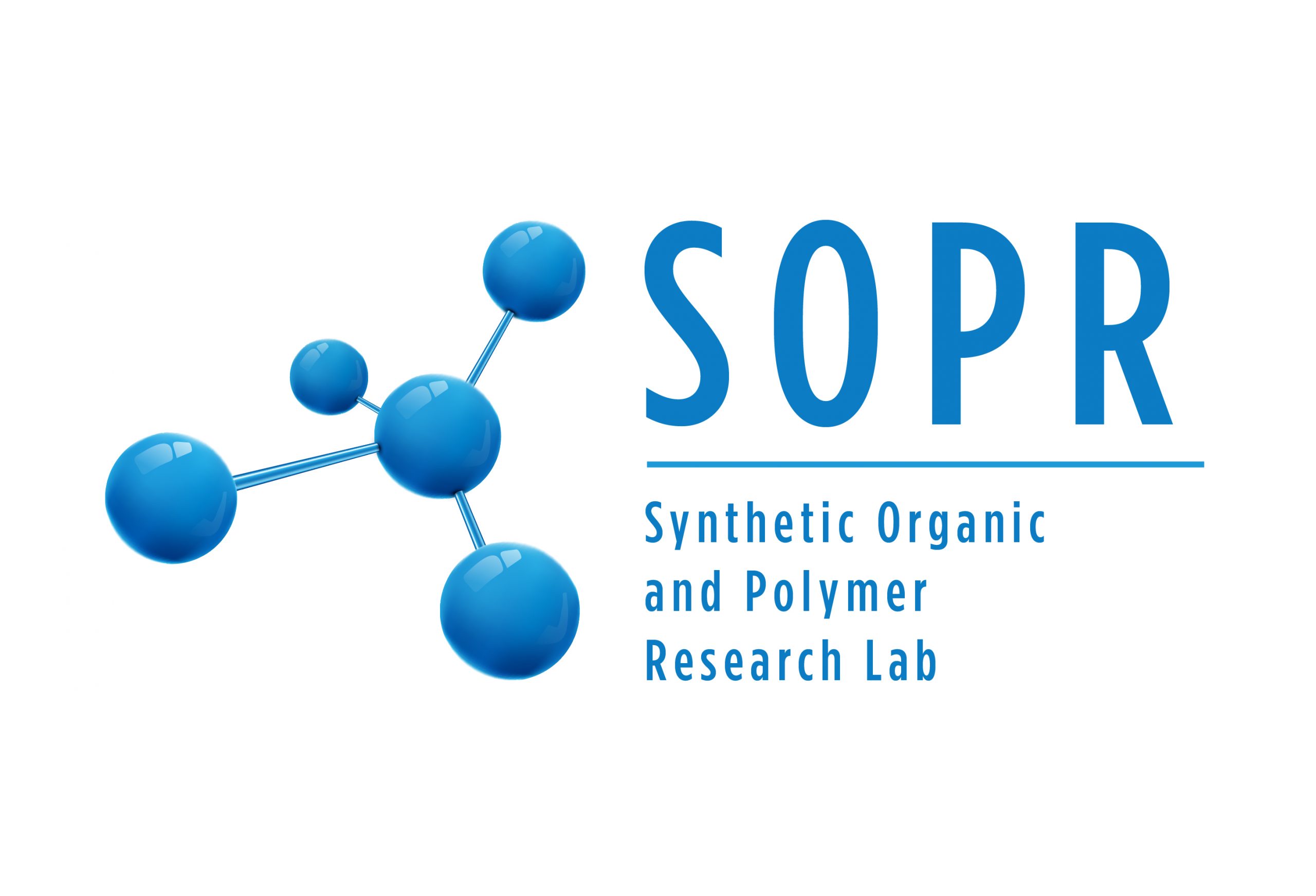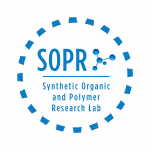A series of donor–acceptor (D-A) naphthalene–viologen-based cyclophanes of different shapes, sizes, and symmetries have been synthesized and characterized. Solution optical studies on these cyclophanes reveal the existence of photoinduced intramolecular charge transfer (CT) at 465 nm from naphthalene (D) to viologen (A) units, resulting in a conformational change in the viologen units and the emergence of an emission at 540 nm. The D-A cyclophanes with box-like and hexagon-like shapes offer an opportunity to control the arrangement within 2D layers where D-A interactions direct the superstructures. While a box-like 2,6-disubstituted naphthalene-based tetracationic cyclophane does not form square tiling patterns, a truncated hexagon-like congener self-assembles to form a hexagonal superstructure which, in turn, adopts a hexagonal tiling pattern. Tessellation of the more rigid and highly symmetrical 2,7-disubstituted naphthalene-based cyclophanes leads to the formation of 2D square and honeycomb tiling patterns with the box-like and hexagon-like cyclophanes, respectively. Co-crystallization of the box-like cyclophanes with tetrathiafulvalene (TTF) results in the formation of D-A CT interactions between TTF and viologen units, leading to tubular superstructures. Co-crystallization of the hexagon-like cyclophane with TTF generates well-ordered and uniform tubular superstructures in which the TTF–viologen CT interactions and naphthalene–naphthalene [π···π] interactions propagate with 2D topology. In the solid state, the TTF–cyclophane co-crystals are paramagnetic and display dual intra- and intermolecular CT behavior at ∼470 and ∼1000 nm, respectively, offering multi-responsive materials with potential pathways for electron transport.
For further details, please visit: https://doi.org/10.1021/jacs.9b07877


